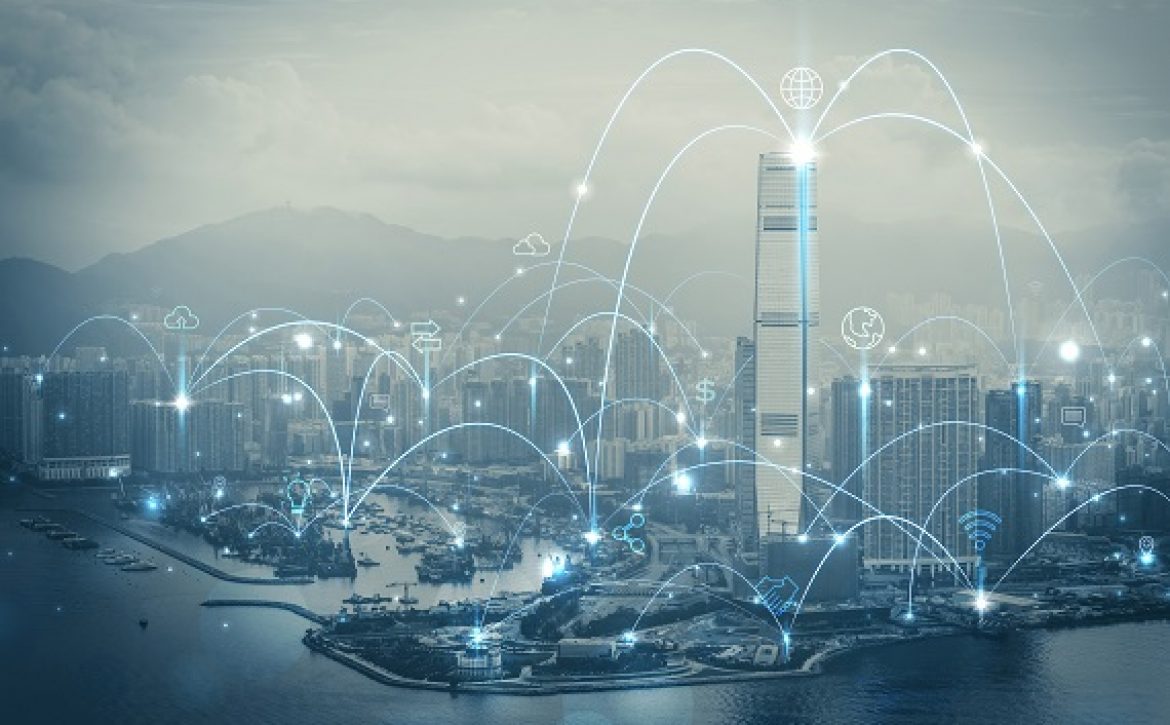IoT in Sanitation: the novelty that reduces losses and improves the relationship with the customer
IoT in sanitation is another technological innovation applied to the sector, part of Sanitation 4.0, in order to improve the development of environmental sanitation, aiming at improving the health, environment and quality of life of people.
During the first industrial revolution, we had the mechanization, the power of steam and water to move the industry. In 2.0, we talk about mass production and electricity. While in the third revolution, where we are, we go through the use of electronics, the IT system and automation. Revolution 4.0 has as its motto the use of physical cyber systems.
For this, technological resources such as the Internet of Things (IoT) are used, which help in the insertion of the future element, enabling answers to situations that have not yet occurred, but would if no action were taken.
More about IoT
According to Gartner, by 2020 the connected devices in all technologies will reach 20.6 billion. IoT technology allows the connection of devices of our daily life, such as cars, real estate, refrigerators, locks, security cameras and TVs, with the internet.
The term Internet of Things aims to express an artificial technology when applied to things. Some examples that we can cite in practice are: Smart homes, wearables, industrial internet and energy engagement (smart grid). The future of IoT is fascinating, and promises macro changes in the way we live and work.
IoT is not limited to a single technology, it is a platform or technological network that combines several technologies, such as automation, wireless sensor networks, GPS, satellite technologies, smart meters, among others.
The importance of technology in sanitation
According to Gartner, “Industry 4.0 proposes a technology and business structure so broad that it practically encompasses all new emerging trends,” bringing people, businesses and things together.
We can point out as being applicable to sanitation some new technologies, such as: AI (Artificial Intelligence) IoT (Internet of Things), Blockchain, Virtual Reality (VR), Use of drones and Augmented Reality (AR).
If you’ve come this far, it’s probably because you’re interested in understanding more about IoT for sanitation. In that case, you’ve come to the right place. Follow our article and learn more about it!
How technology has aided in sanitation
According to a survey presented by G1, in 2015, 36.7% of the drinking water produced in the country was lost during distribution. In 2018, the index reached 38.5%.
The technology offers possibilities to address water issues through safe access to drinking water and sanitation, wastewater treatment and water quality, water efficiency and water stress, and water-related ecosystems.
Water and sewage treatment is the focus of research today, and they are increasingly efficient. One of the research fronts aims to make the treatment plants more optimized, through control systems capable of promoting the self-operation of the processes.
IoT trends in sanitation
That there is a historical deficit in the universalization of sanitation services in Brazil is not new to anyone.
The technology has been applied in Brazil with the objective of improving different stages of basic sanitation. IoT is a partner for the management of springs, water treatment, combating clandestine connections, reducing losses and increasing integration with customers.
The sanitation sector no longer has the same model as before and IoT solutions are already part of this reality. In the case of IoT in sanitation, innovation is necessary, and allows the control of network pressure, the potential reduction of water loss, online monitoring identifying behavior, pointing out fundamental indicators for monitoring the system more accurately.
IoT projects in sanitation enable solutions for distribution systems, directing water dynamically, more intelligently, to areas where demand is higher at any time. In addition to providing monitoring of waste treatment plants to optimize the use of resources and schedule the maintenance of equipment based on historical data.
Having an instrumentation of automated treatment, it becomes possible to correlate input parameters, treatment methods and resulting water. Building a strong and relevant database, able to indicate the best methods for water treatment. Uniting treatment capacity with process economics.
It is possible to continuously improve understanding of how best to respond. With a segmentation of the water network, through meters with parameter monitoring it is possible to check divergences and possible losses in the path.
The use of smart meters allows real-time monitoring of water use which generates an improvement in data communication, more accurate billing, and an increased awareness of consumer usage patterns.
IoT advantages in sanitation
IoT is being adapted more widely to meet the unique needs of water network monitoring. Water utilities around the world are affected by “un-demand water generation.”
The use of IoT in sanitation allows monitoring and performing consumption management, which facilitates the identification of possible leaks and even avoids surprises. The IoT in sanitation allows rapid action in the control of waste and stimulates the rational and effective use of water.
Through more accurate, real-time water measurement, it becomes possible to identify waste, project increased demand, and further plan to expand supply in the future.
The IoT in sanitation allows a smarter and more effective performance, generating better planning, productivity gains, maintenance reduction and quality improvement in the execution of the service with lower cost.
Technology is a great ally
Technology is part of our lives and tends to do much more. Every step of humanity in search of more comfort and more practicality aligns with the search for the systematization of things.
Technology is a great ally, by adopting the right tools and hiring properly, it can generate excellent results.
The constant development of new technologies is essential to increase efficiency in basic sanitation services. And IoT is used to further increase efficiency in basic sanitation. Did you like this article? Tell our expert!


